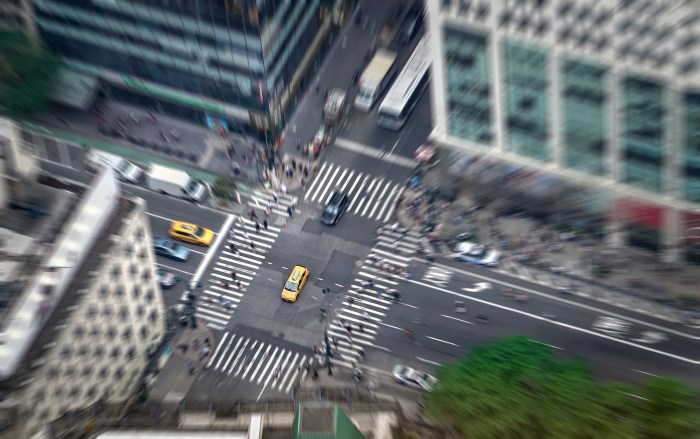After years of pleas, planning and increased ridership, two major subway improvements are nearing completion.
The MTA announced it would open a segment of the Second Avenue Subway next year, rerouting the Q line along the route between 59th Street and 125th Street. A new subway line, the T, will eventually run the Second Avenue Subway’s full length, once it is completed.
Additionally, the MTA will soon unveil an extended 7 train running to Manhattan’s far West Side, serving the Jacob Javits Convention Center and the Hudson Yards, where a new mixed use development is being erected.
Where does the MTA go from here? How about Queens? Why not Queens?
Many residents in southern Queens and the Rockaways want the MTA to restore train service to the long-defunct Long Island Rail Road Rockaway Beach branch between Rego Park and Ozone Park. They point to crammed buses and regular congestion along Woodhaven and Cross Bay boulevards as proof that the borough needs a more reliable public transportation alternative.
But residents living near the Rockaway Beach line oppose the idea out of concerns regarding noise and quality of life problems. Others want the naturally reforested train line transformed into the QueensWay, a combined nature trail and bike path similar to the High Line. And some, concerned about potential problems related to both new train service and the QueensWay, would rather let a sleeping rail line lie, albeit with improved maintenance.
Seeing the three sides of this complicated coin, one local lawmaker suggested a way to please everybody, carving the former Rockaway Beach line into three segments. Rail service would be restored south of Atlantic Avenue, an abbreviated QueensWay would be built north of Myrtle Avenue and the portion between Atlantic and Myrtle avenues would be left fallow.
That’s all well and good, but we find it hard to believe this scenario will placate anyone. Running train service only to Atlantic Avenue would connect riders to the LIRR’s Atlantic Terminal branch, which terminates in Brooklyn. South Queens and Rockaway riders want a fast, one-seat ride across the East River, and this option would force them to make two transfers.
Aesthetically pleasing as the QueensWay concept is, one could argue the resources for such a project would be better spent enhancing the infrastructure and security at Forest Park, through which the abandoned rail line runs.
As for the fallow segment, there’s no guarantee the city would make a commitment to maintain an unused lot or address vandalism, trespassing and other problems that currently exist.
Government is at its least efficient when it concocts ideas or policies that strive to make everyone happy. It’s an almost impossible task. Every problem has a solution, but in most cases, the solution is going to be inconvenient or damaging to somebody. It’s government’s duty to find solutions to address a problem while minimizing any negative impacts that may occur.
Right now, Queens is choking on its own traffic. There is a clear demand for greater public transportation between southern Queens and Manhattan, and there is a major lack of supply. This situation cries out for a major transit project, and creating a Select Bus Service line on a crowded boulevard isn’t going to cut it.
Manhattan’s getting more rail lines, and now it’s time for Queens to get its share. With condolences to the opponents, this borough needs train service back on the full length of the Rockaway Beach branch.



































